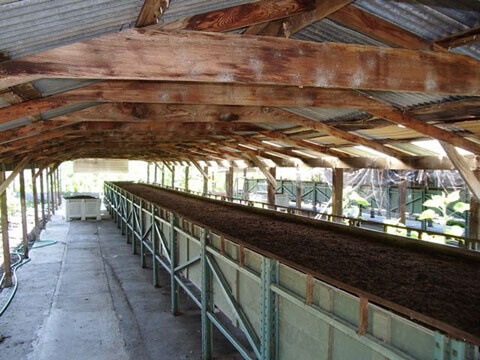There are many ways that vermiculture can be managed. The simplest of these methods is known as windrowing. Organic matter is laid in rows, typically around 1.5 meters wide, and about half a meter high, allowing them to be covered by a 2m wide cover if required.
Windrows require no extra machinery to operate, however they do take up a fair amount of space - great if you have the land, but problematic if you do not. Windrows are that placed out doors can suffer from temperature and rainfall fluctuations, and can be susceptible to predation, and pest infestation. Additionally, anaerobic areas can form in the rows, and depending on how you are managing your feed stock, Ph levels can vary. A windrow can take up to 12 months before it can be harvested. Depending on volumes added to the windrows every week, this method of worm farming can take up a considerable amount of area. Land around Hamilton and Cambridge is extremely valuable - there is a high chance this space could be put to better use.
By using our continuous flow reactors, we are able to better monitor feeding rates and environmental factors for our worms, and to minimise the impacts of extreme temperatures and rainfall here in the Waikato. This gives a far higher quality output in a shorter timeframe.
And because we plan our farms based on the requirements of our partners, the amount of space used is finite and contained. In fact, we can customise our farm layouts to use existing outbuildings if you have stables, sheds or old premises available for use.
Little Buddies is passionate about optimising the vermiculture process, and we believe that the combination of our pre-processing phase and continuous flow reactor technology provides the right combination to benefit the environment and community while ensuring that the animal welfare of our worms is maintained and protected.



